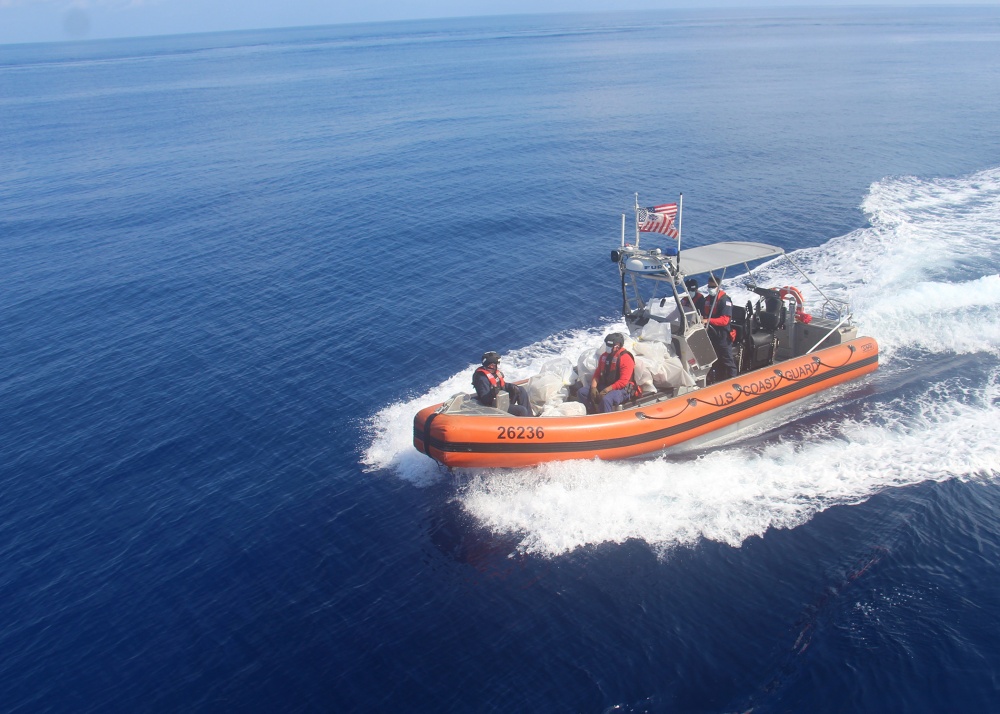Imagine this: you and your crewmates are chasing after a suspected drug trafficker in an over the horizon (OTH) boat. The roar of the engines and whipping winds have deafened you to any noise, making conversation impossible. The chase is underway when suddenly, the boat disappears from your line of sight. The only thing you see is miles of water. Defeated, you bring your vessel to an idle, to radio to your cutter and receive verbal instructions on the location of the suspected traffickers.
But what if there was a different ending? An ending where the location of the traffickers as tracked by the cutter is given to you in real time and the pursuit could continue uninterrupted. That ending might be possible in the not-too-distant future.
The Coast Guard is working on some major updates to SeaWatch, the situational awareness command and control system on most white hulls. SeaWatch combines information from all sensors on one screen — to create the best picture possible for our members underway.
“Sensor fusion combines sensor data and overlays them on electronic charts so you can see where you are, where the suspected ‘bad guy’ is, where the other people in the water are, and what the overall situation is,” said Mr. Andrew Lambley, SeaWatch project manager in the C4ISR Acquisition Program.
The current system has some limitations, though. Cuttermen can't share unclassified information with the small boats, because all the information is being tracked on a secret network. The upgraded SeaWatch has separate classified and unclassified local area networks (LANs), expanding cutters' ability to communicate with small boats - so you wouldn't need to stop the chase in order to get information in real-time.
This new version of SeaWatch should be ready to roll out later this year. This latest version will allow cybersecurity to be at the forefront, while not putting the burden for managing these cyber risks on the cuttermen.
Attacks on maritime cyber infrastructure are a growing concern for all sea-going services, including the Coast Guard. Investing in protecting our networks underway is crucial to ensuring the Coast Guard stays operational even when far from home port.
The ability to transmit this critical unclassified information in real time is a key improvement, the update also virtualizes the hardware necessary to keep cutters going.
“Virtualizing allows multiple servers to be hosted within one physical server,” said Lambley. “This is important for cutters as space is a valuable asset aboard.”
By virtualizing, the Coast Guard can simulate a much more complex system, while simultaneously protecting their assets.
“Server virtualization enables a better cyber posture,” explained Lambley. “The new SeaWatch system offers a more affordable and sustainable solution to costly hardware, which goes obsolete quickly.”